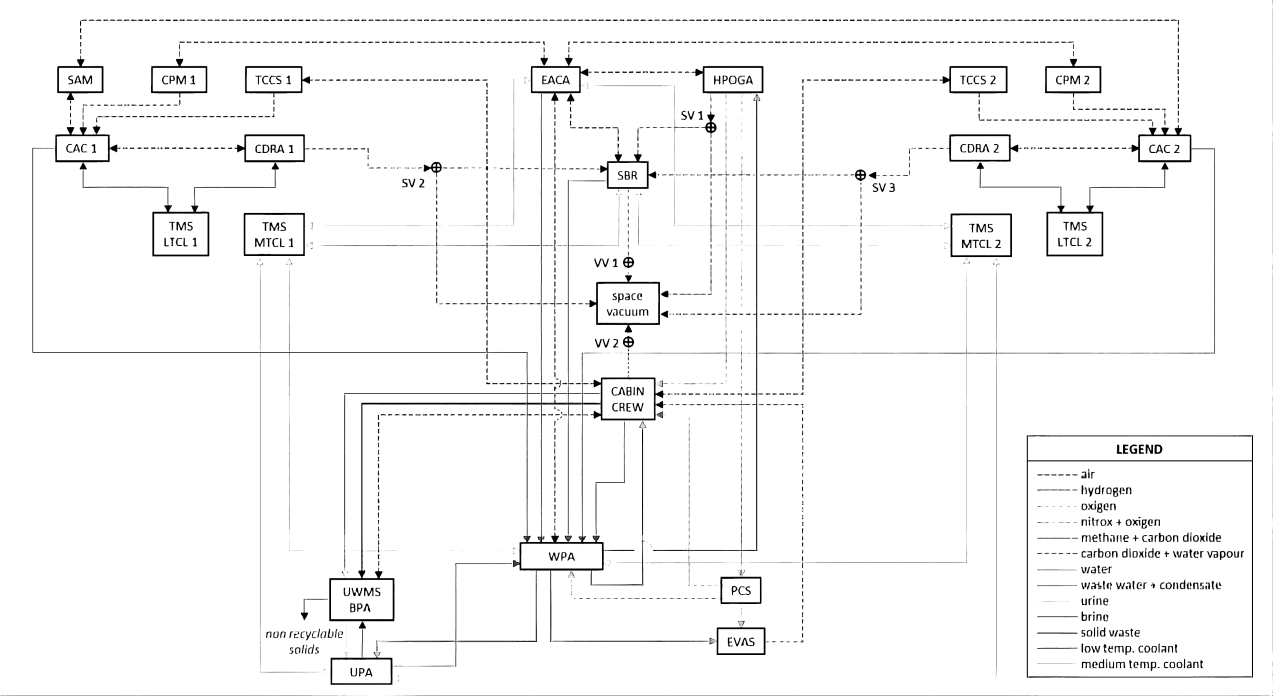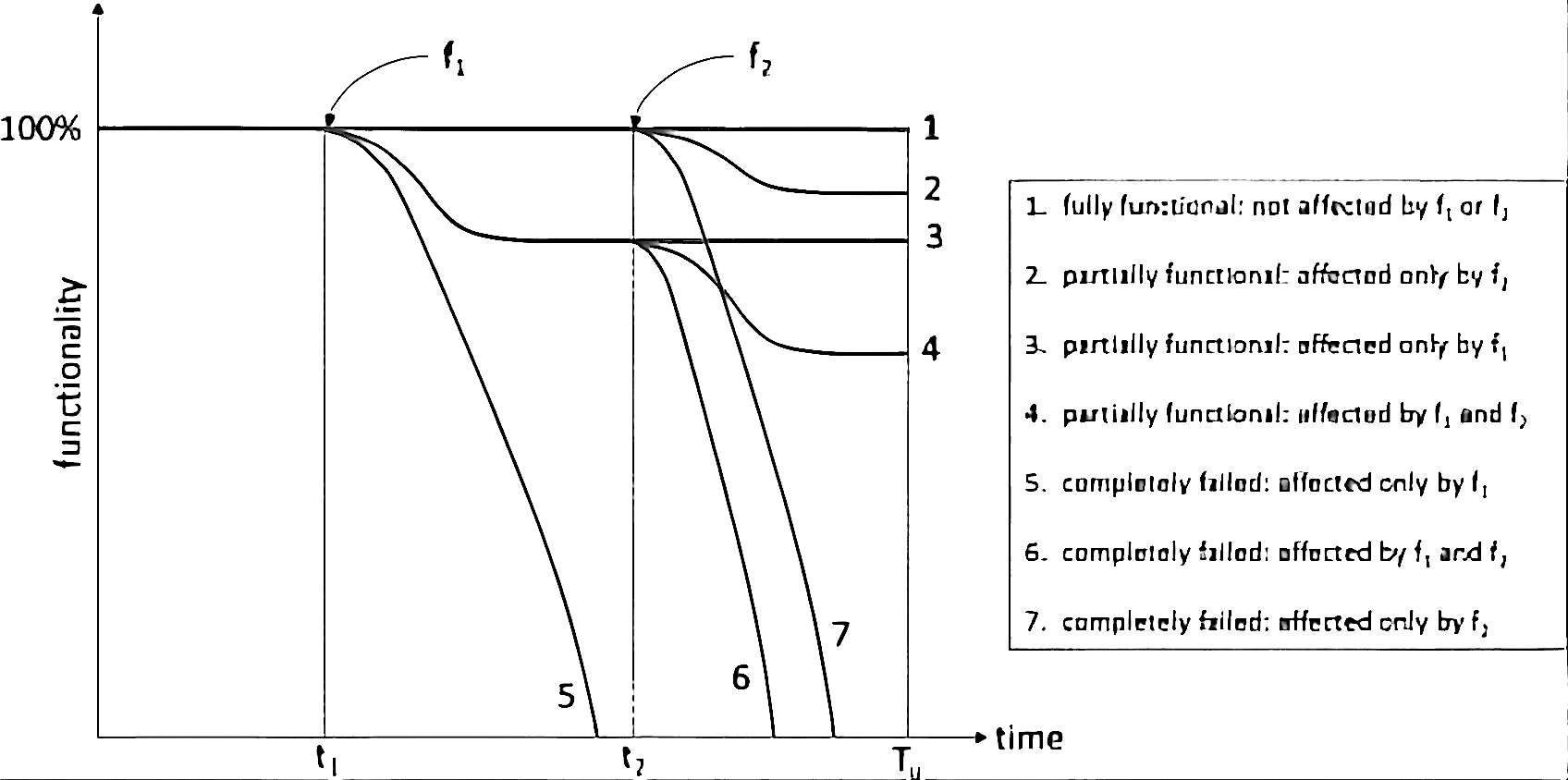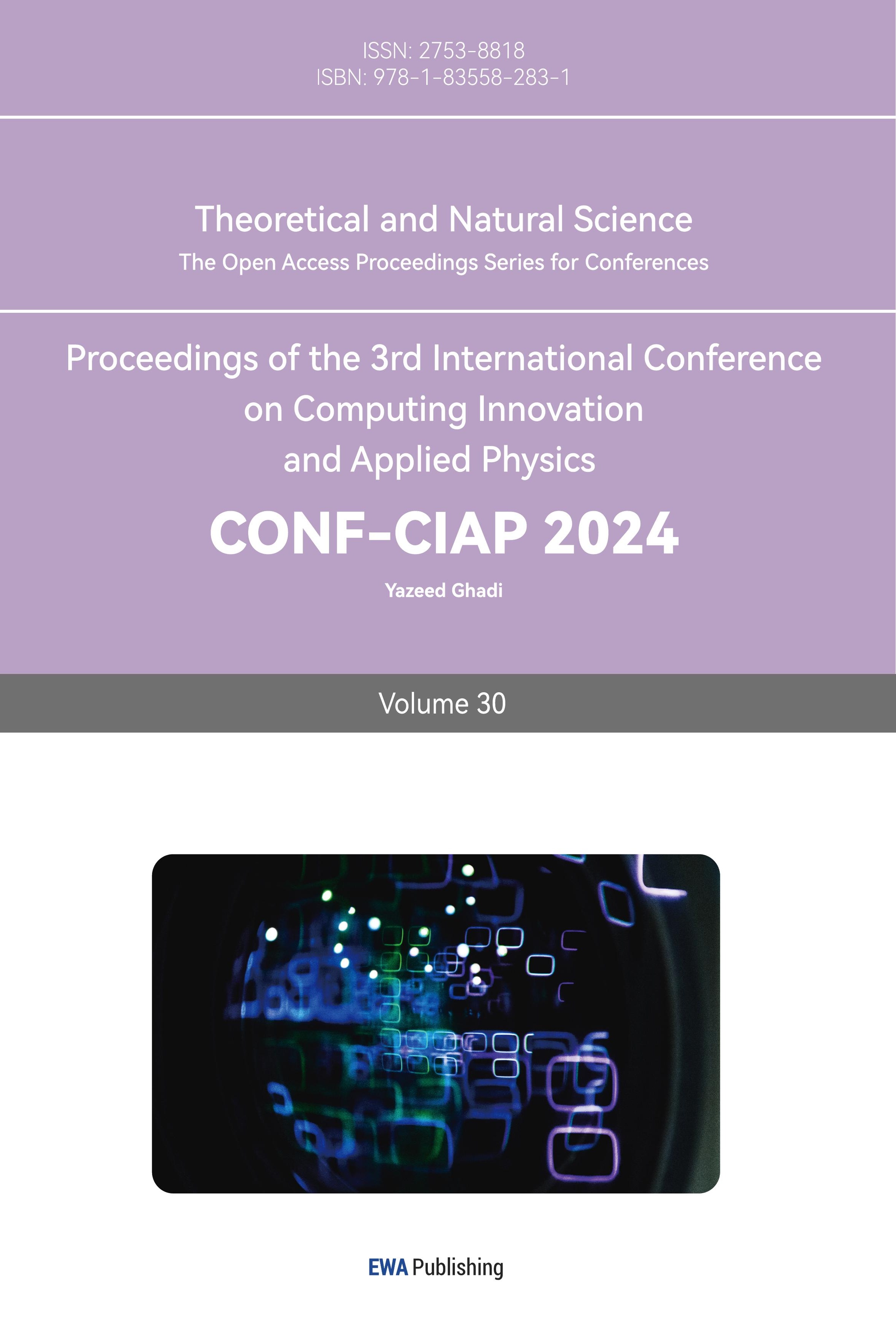1. Introduction
From the first manned space missions to the ongoing long-term stays on the International Space Station (ISS), environmental control and life support systems (ECLSS) have been crucial in protecting human life outside Earth’s atmosphere. ECLSS provides astronauts with life-sustaining essentials, including oxygen, potable water, food, temperature control, waste management, and radiation protection [1]. With space agencies aiming for ambitious crewed journeys to the Moon, Mars, and other distant celestial destinations, the dependability and efficiency of ECLSS assume utmost importance. ECLSS encompasses several interconnected subsystems. The air revitalization subsystem maintains cabin air quality by managing oxygen levels, removing carbon dioxide, controlling humidity, and addressing trace contaminants. Water processing systems efficiently recycle wastewater into safe drinking water. Food storage and preparation mechanisms provide nutrition while minimizing waste. Waste management systems collect and stabilize metabolic waste. Radiation protection measures shield astronauts from harmful cosmic radiation. All these subsystems must operate flawlessly during missions lasting for extended periods, ranging from months to years.
Improving the reliability of life support systems for space missions presents unique challenges. The extreme space environment, characterized by harsh temperature variations, radiation exposure, and zero-gravity conditions, makes any ECLSS failure potentially catastrophic. While redundancy can help avoid single-point failures, it also adds mass—a resource that is severely limited aboard spacecraft. Therefore, thoughtful component interconnections are crucial to prevent failure propagation across subsystems. Sophisticated simulation tools play a key role in spotting potential failure modes early in the design process, lowering the cost of implementing modifications. This paper provides a comprehensive overview of ECLSS capabilities and challenges, underscores the lessons learned from past programs, and proposes strategies, including selective redundancy, enhanced connectivity, and simulations, to optimize system reliability for future missions.
2. The principle and success of space missions using ECLSS
The history of crewed space programs showcases the progressive evolution of ECLSS capabilities and their role in supporting longer-duration missions. These programs have provided invaluable experience in maintaining breathable air, ensuring access to clean water, delivering safe food, and protecting crews from radiation during extended missions away from Earth. However, these successes have been accompanied by unexpected ECLSS failures, underscoring the pressing need for improved reliability.
Using Mercury and the Gemini as examples. Lithium hydroxide (LiOH) canisters operating in parallel were the most important component of the carbon dioxide removal system [1]. The size of LiOH’s replacement would vary for different amounts of crew members. When the air became spent in the first canister, the next canister would be diverted with airflow. Meanwhile, the first canister had been replaced. Activated charcoal is responsible for controlling and improving contaminants. It is located in the upmost LiOH. Filters could remove airborne particulates. There are also cabin fans turned on to offer air ventilation and cycling. Mercury had a CO sensor to show the concentration of carbon monoxide. The atmosphere composition and cabin pressure are shown in Table 1 below.
Table 1. Cabin pressures and atmosphere composition in American and Russian human spacecraft [2]
Spacecraft | Composition |
Mercury | 100% O2 at psia (34.5 kPa) |
Gemini | 100% O2 at psia (34.5 kPa) |
In the Mercury spacecraft, oxygen (O2) was pressurized as a gas at 7500 psi (51.7 MPa) and stored in two separate tanks, each with a capacity of 1.8 kg. Tanks were constructed from high-carbon steel material and coated with electroless nickel plating. The Mercury spacecraft stored oxygen (O2) in two tanks, with one serving as the primary supply and the other as a backup. In the Gemini spacecraft, O2 was stored differently; it existed as a supercritical cryogenic fluid maintained at 850 psi (5.86 MPa) in a spherical tank. Additionally, a separate tank supplied oxygen to the fuel cells. Two secondary cylindrical tanks, pressurized at 5000 psi, provided supplemental O2. As a safety precaution, small O2 bottles were attached under each seat for emergency use.
In the spacecraft systems of Mercury Gemini, drinkable water was stored without undergoing processing for reuse. Wastewater was discharged into space. Water for Mercury originated directly from Cocoa Beach, Florida, with its quality and bacteria control depending on the residual disinfectant in the public water supply. In Gemini, microbial control chlorine was introduced into the water tanks before launch to enhance water quality. Mercury had a flexible bladder to store water, and the water could be delivered by squeezing a bulb. Gemini is a little bit different; it had one 7.3 liter tank, and the tank was filled before launch. When the water inside the tank is gone, additional water will be added from the reserves. The first flight in the Mercury program had no food onboard, and later, the bite-sized food with high calories and different nuts or fruits. Gemini crew received almost the same thing with concentrated foods. During the Mercury mission, an in-suit urine collection bag was utilized by the crew. On Gemini, the waste management was different. Feces were gathered in bags and taped to the buttocks for use. A urine transfer system was implemented to assist the spacecraft’s heat rejection.
3. Applications
3.1. Air revitalization
The air revitalization subsystem is responsible for maintaining the quality of cabin air by removing carbon dioxide exhaled by the crew and replenishing it with oxygen. On the ISS, the Carbon Dioxide Removal Assembly (CDRA) adsorbs and vents CO2, while electrolysis systems split water into oxygen and hydrogen. Filters are used to remove trace chemical contaminants released by equipment. Humidity levels are controlled to maintain breathable air without causing condensation on surfaces. Fans facilitate air circulation, while heat exchangers and condensing heat exchangers manage temperature. Monitoring systems continuously track oxygen and CO2 levels, pressure, temperature, and humidity.
3.2. Water processing
On the ISS, a sophisticated water processing system recycles humidity condensate, urine distillate, and Sabatier-derived water to produce potable water [3]. Water undergoes purification through a series of filters, catalytic reactors, and ion exchange beds to eliminate impurities. The water is then sterilized through heat treatment to kill bacteria before being re-mineralized for consumption. Advanced water recovery systems will be indispensable for future Mars missions due to the scarcity of water on the red planet.
3.3. Food systems
Astronauts aboard the ISS consume pre-packaged meals that can be easily heated and consumed in zero gravity. These meals must not only be nutritious but also minimize waste and the risk of contamination. While early space food was often unappealing, improvements in flavor and variety have been made over time [4]. Perishable items like fruits, vegetables, and bread are challenging to store for extended periods, leading to the use of preservation techniques such as freeze-drying. Future missions may incorporate hydroponic cultivation of small amounts of fresh produce to supplement pre-packaged meals.
3.4. Waste management
Microgravity conditions in space make traditional toilets impractical, necessitating the collection of urine, feces, and trash to prevent cabin contamination. On the ISS, toilets rely on airflow to transport urine and feces away from the body and into waste storage tanks [5]. Reusable water is recycled from urine, while solid waste is stabilized through drying and microbial processes before storage or controlled ejection as needed. Enhanced waste breakdown and stabilization technologies will reduce mass and volume requirements for future missions.
3.5. Radiation protection
The space radiation environment includes solar particle events (SPEs) and galactic cosmic radiation (GCR), both of which pose risks to crews during long-duration missions. The ISS provides shielding protection against SPEs and GCR [6]. Astronauts receive timely warnings about solar events, allowing them to take temporary shelter in heavily shielded areas. For future deep space missions, selective shielding of the most radiation-sensitive organs, rather than full spacecraft protection, is anticipated.
4. Improving reliability
4.1. Fault tolerance through redundancy
Studies have identified components related to atmosphere revitalization, such as CO2 removal, as particularly prone to failure. Implementing strategic redundancy for these critical subsystems, rather than duplicating the entire ECLSS, can enhance system robustness without incurring excessive mass penalties. For example, carrying backup CO2 sorbent beds can significantly improve system reliability while adding only a fraction of the total ECLSS mass [7].
4.2. Simulation models
End-to-end ECLSS testbeds, such as NASA’s ISS simulator, offer the capability to systematically introduce faults, allowing for the early identification of vulnerabilities during the design phase. These simulations assess potential failure modes, propagation risks, and recovery capabilities. Models assist in optimizing system architecture and quantifying reliability enhancements resulting from upgrades.
4.3. Interconnectivity design
Improved distribution lines and cross-strapping between ECLSS subsystems enable dynamic resource reallocation in degraded modes. For instance, potable water could be evaporated to regulate temperature if the thermal control system were to fail. Such flexibility prevents isolation failures and enhances the overall likelihood of mission success.
4.4. Robustness of a suggested ECLSS design
In this case, the program uses a tool to check the strength and reliability of life support systems for deep space travel [6]. The system shown in Figure 1 is a basic design for this life support system based on previous work by Stapleton and others. It can be seen a list of abbreviations for the different parts of the system in Table 2. Right now, this life support system is in the early planning stages, so it’s a great example to test how resilient it is using the Generalized Resilient Design Framework (GRDF) [8].

Figure 1. Suggested concept for the environmental control and life support system [8]
Table 2. Abbreviations and identification of subsystems in the Figure 1 [8]
Abbreviation | Subsystem | Function | Life-sustaining? |
CAC | Condensing Air Cooling | Controls cabin air humidity (up to 95%) | Yes |
CDRA | Carbon Dioxide Removal Assembly | Removes carbon dioxide from cabin air (maximum partial pressure 6.8 mm Hg) | Yes |
CPM | Combustion Products Monitor | Detects combustion by-products linked to potential fires in the spacecraft | No |
EACA | Equipment Air Cooling Assembly | Generates cold air at low temperatures to chill other equipment | No |
EVAS | Extra Vehicular Activity System | Assists astronauts during activities performed outside the spacecraft | No |
HPOGA | High-Pressure Oxygen Generator Assembly | Generates oxygen for the cabin atmosphere (minimum partial pressure 2.7 psi) | Yes |
PCS | Pressure Control System | Regulates the internal pressure of the spacecraft environment and replenishes nitrogen and oxygen in case of cabin air venting, sustaining the desired conditions | No |
SAM | Spacecraft Atmospheric Monitor | Keeps track of the spacecraft’s atmospheric conditions | No |
SBR | Sebartier Reactor | Generates water, releases methane, and removes excess carbon dioxide into the space vacuum | No |
SV | Selector Valve | Routes the combination of carbon dioxide and water from CDRA to either SBR or directly to the space vacuum | No |
TCCS | Trace Contaminant Control System | Eliminates low-concentration air pollutants like ammonia | Yes |
TMS-LTCL | Thermal Management System-Low Temp. Coolant Loop | Supplies chilled coolant for dehumidification needs at low temperatures | No |
TMS-MTCL | Thermal Management System-Medium Temp. Coolant Loop | PSupplies refrigeration purposes with medium-temperature coolant | No |
UPA | Urine Processor Assembly | Recovers water from urine samples | No |
UWMS-BPA | Universal Waste Management System-Brine Processor Assembly | Processes crew solid waste and the brine produced by the UPA | No |
VV | Vacuum Valve | Manages cabin venting to space vacuum | No |
WPA | Water Processor Assembly | Supplies potable water for the crew | Yes |
The GRDF works by simulating what happens if there are failures in the system. The life support system is designed to work for a certain amount of time, represented by “Tu” in the simulation. Now, in Figure 2, there are four possibilities: First, “f1” might not affect the life support system at all, and it will keep working fine until time “Tu”. Second, “f1” could affect the system, but it still works partially until time “Tu”. Third, “f1” could affect the system and make it fail before time “Tu”. Finally, there’s a chance of a new random failure, “f2,” happening in another component after “f1”. Then, the possibilities start over; the system might work fully or partially until time “Tu,” it might fail before “Tu,” or a new failure, “f3” might occur, and so on.
The program simulates this life support system “N” times, and each simulation is set up for “Tu” hours of operation. This helps us understand how resilient and reliable the system is under different conditions.

Figure 2. Failures affecting the functionality of complex engineered systems [8].
5. Conclusion
In conclusion, ECLSS stands as the lifeline of human spaceflight, providing astronauts with the essentials required for survival in the challenging space environment. As space agencies embark on ambitious missions to destinations like the Moon, Mars, and beyond, the reliability and performance of ECLSS become paramount. The history of space missions, from Project Mercury to the ISS, showcases the evolution of ECLSS capabilities. These systems have proven their ability to sustain human life during extended missions, but they have also highlighted the critical nature of reliability due to unexpected failures. Diverse applications of ECLSS subsystems, including air revitalization, water processing, food systems, waste management, and radiation protection, have been crucial in maintaining the well-being of astronauts [9]. Advances in these subsystems will be vital for future long-duration missions.
To enhance reliability, strategies such as fault tolerance through strategic redundancy have been proposed. This approach ensures that critical subsystems have backup components, bolstering system robustness without incurring excessive mass penalties. Advanced simulation models, as exemplified by NASA’s ISS simulator, offer a proactive means of identifying vulnerabilities and optimizing system architecture, ultimately quantifying reliability improvements resulting from upgrades. Moreover, improved interconnectivity design allows for dynamic resource reallocation between ECLSS subsystems, preventing isolation failures and increasing the overall probability of mission success.
Looking ahead to the next chapter of space exploration, these strategies will play a pivotal role in optimizing ECLSS reliability. With enhanced fault tolerance, astronauts will be better equipped to undertake extended missions, fulfilling space agencies’ visions of sustained lunar habitats and human footprints on Mars and beyond [10]. This marks an exciting era of space exploration and discovery underpinned by resilient ECLSS.
References
[1]. Peggy G, William W and Michael H 2014 44th International Conference on Environmental Systems 13
[2]. Daues K 2006 A History of Spacecraft Environmental Control and Life Support Systems 6
[3]. Manil D, Aurore G, Sébastien R and Nicolas T 2017 Human Aspects and Life Support System Group Report, Human Spaceflight
[4]. Melanie T, Luke R, Jorge Cand Talon B 2019 Regenerative Water Purification for Space Applications 1 2
[5]. Stapleton T 2016 ICES-2016: 46th International Conference on Environmental Systems 910 14
[6]. Do S, Owens A, Ho K, Schreiner S and Weck O 2016 Updated Analysis Acta Astronaut 120 192
[7]. Mehrpouyan H, Haley B and Hoyle C 2014 AIEDAM 29 93
[8]. José A and Kai G 2018 Acta Astronautica 152 360
[9]. Feigel A 2019 Advancement of a Trade-off Tool for Life Support Technologies and its Application in Proposing a Life Support Architecture for the Gateway 10
[10]. Coan D 2020 Exploration EVA System Concept of Operations EVA-EXP-0042
Cite this article
Wang,Z. (2024). Improvement and optimization of spacecraft environmental control and life support systems. Theoretical and Natural Science,30,147-153.
Data availability
The datasets used and/or analyzed during the current study will be available from the authors upon reasonable request.
Disclaimer/Publisher's Note
The statements, opinions and data contained in all publications are solely those of the individual author(s) and contributor(s) and not of EWA Publishing and/or the editor(s). EWA Publishing and/or the editor(s) disclaim responsibility for any injury to people or property resulting from any ideas, methods, instructions or products referred to in the content.
About volume
Volume title: Proceedings of the 3rd International Conference on Computing Innovation and Applied Physics
© 2024 by the author(s). Licensee EWA Publishing, Oxford, UK. This article is an open access article distributed under the terms and
conditions of the Creative Commons Attribution (CC BY) license. Authors who
publish this series agree to the following terms:
1. Authors retain copyright and grant the series right of first publication with the work simultaneously licensed under a Creative Commons
Attribution License that allows others to share the work with an acknowledgment of the work's authorship and initial publication in this
series.
2. Authors are able to enter into separate, additional contractual arrangements for the non-exclusive distribution of the series's published
version of the work (e.g., post it to an institutional repository or publish it in a book), with an acknowledgment of its initial
publication in this series.
3. Authors are permitted and encouraged to post their work online (e.g., in institutional repositories or on their website) prior to and
during the submission process, as it can lead to productive exchanges, as well as earlier and greater citation of published work (See
Open access policy for details).
References
[1]. Peggy G, William W and Michael H 2014 44th International Conference on Environmental Systems 13
[2]. Daues K 2006 A History of Spacecraft Environmental Control and Life Support Systems 6
[3]. Manil D, Aurore G, Sébastien R and Nicolas T 2017 Human Aspects and Life Support System Group Report, Human Spaceflight
[4]. Melanie T, Luke R, Jorge Cand Talon B 2019 Regenerative Water Purification for Space Applications 1 2
[5]. Stapleton T 2016 ICES-2016: 46th International Conference on Environmental Systems 910 14
[6]. Do S, Owens A, Ho K, Schreiner S and Weck O 2016 Updated Analysis Acta Astronaut 120 192
[7]. Mehrpouyan H, Haley B and Hoyle C 2014 AIEDAM 29 93
[8]. José A and Kai G 2018 Acta Astronautica 152 360
[9]. Feigel A 2019 Advancement of a Trade-off Tool for Life Support Technologies and its Application in Proposing a Life Support Architecture for the Gateway 10
[10]. Coan D 2020 Exploration EVA System Concept of Operations EVA-EXP-0042









